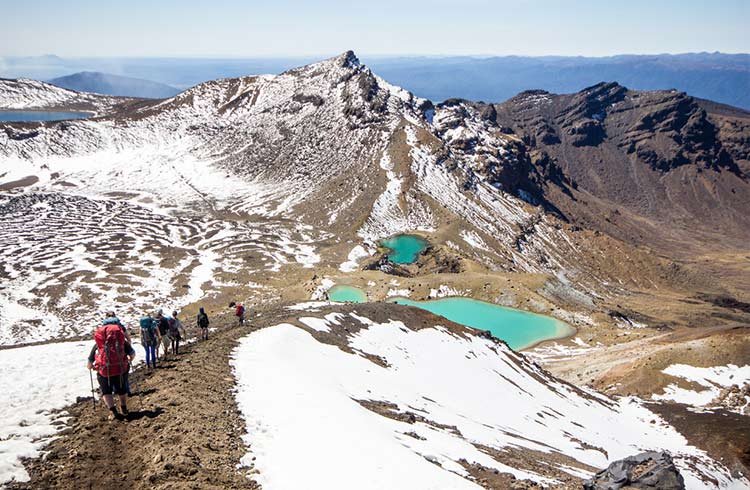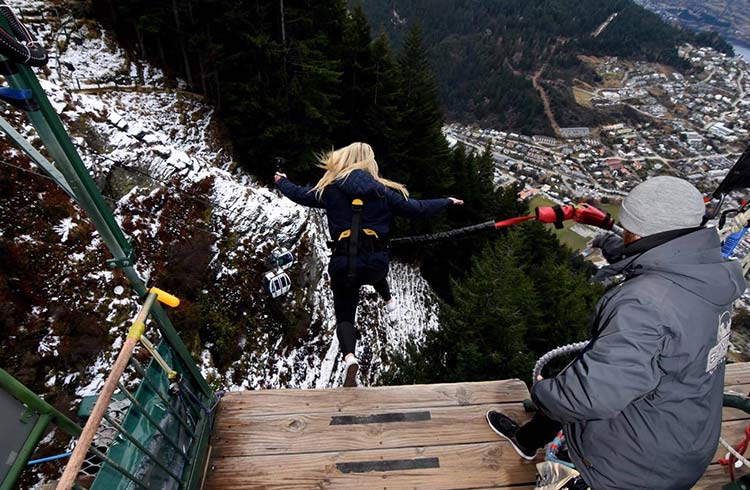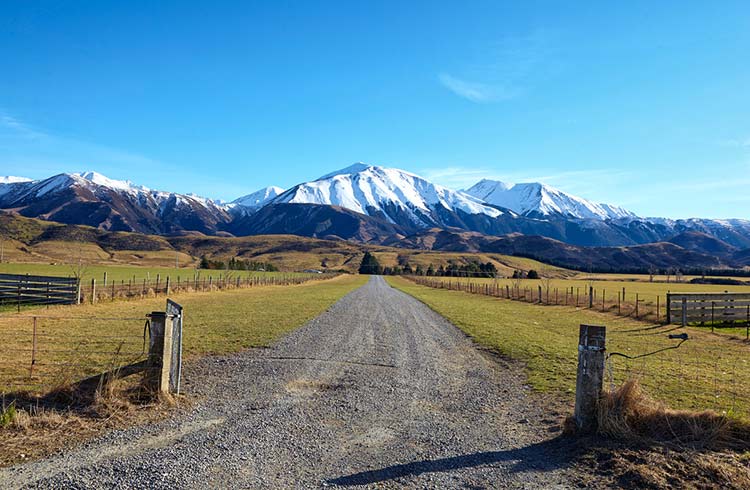New Zealand's Unpredictable Weather: How to Plan Ahead
New Zealand is renowned for it's rugged beauty. However, you should always make sure you're prepared for strong winds and potential rain, no matter what the forecast says.
 Photo © iStock/Shahaira
Photo © iStock/Shahaira
Weather Tips for New Zealand
Anyone who's been to New Zealand – particularly the South Island – could easily find their jaws hitting the floor: Mountains, lakes, glaciers – it's a picturesque place. Unfortunately, that beauty can also be deadly.
The secret to preparation for these conditions, is to pack clothing that will keep you warm, dry, and insulated from strong winds. If you're planning to go for a multi-day hike, pack lightweight, layerable clothing to protect you from all the elements.
Sun Protection
Let's start at the very top, the sun. Like Australia, the rays in New Zealand are powerful, and the ozone layer in this area of the world is thinner. That means those who don't use and re-apply sunscreen, wear hats and protective clothing, or seek shade on sunny days will get burned quickly.
Sadly, burns by sun this strong can lead to skin cancer. In fact, like Australia, the country's skin cancer rates are among the highest in the world – nearly four times those found in the United States and England. While it's known that people with pale skin are at high risk, anyone with light eyes also has the potential to develop skin cancer, especially after a severe burn.
The sun is worst in the daylight saving months, between October–March when the ozone is thinnest. Naturally, as these are the Southern Hemisphere's spring and summer seasons, these are also the best months for travel to New Zealand. Visitors to the country should be especially prudent about sun protection during those times.
Even cloudy days warrant sunscreen on exposed areas of the body. A good pair of sunnies will help keep the skin around your eyes protected from unnecessary burns.
Winter Woes
Wintertime in New Zealand, between June–August, can get as high as 50ºF (10ºC) and 59ºF (15ºC). However, temperatures on the South Island can drop below freezing.
The weather can also change quickly in New Zealand, from cold fronts and storms affecting the water, which, in addition to mountain wind, can make for high chill factors. Hypothermia is a real possibility here, particularly if you participate in an outdoor activity in the cold or in the mountains, but even in milder temperatures.
You'll know you're developing hypothermia if you can't do small tasks with your hands, such as zipper your jacket or lace shoes, and if you're shaking or shivering.
To reduce the risk of dying from the condition, reduce heat loss, take off wet clothes, and add layers. Severe hypothermia may make the sufferer completely still and will require immediate treatment to avoid death.
Asthma
While the mountain landscape and uncorrupted natural beauty may lead to expectations of great air quality, New Zealand has the second highest rate of asthma in the world.
The New Zealand Asthma Foundation says more than 600,000 adults and children in the country have the condition. Some of the contributing factors to the high incidence may include climate, poor diet, immunization rates, lack of health care, childhood respiratory infections, and use of antibiotics.
Severe asthma affects 10% of adults and 8% of teenagers, and incidence of hospitalization has doubled since the 1970s. If you're an asthma sufferer, bring your medications and inhalers in case you experience an attack.
Related articles
Simple and flexible travel insurance
You can buy at home or while traveling, and claim online from anywhere in the world. With 150+ adventure activities covered and 24/7 emergency assistance.
Get a quote

No Comments